Archeology and History
A story that is three thousand years long
The Greeks from Eubea, in the city of Chalcis, founded Reggio in 734 BC.
During the Magna Greek period, it went through a period of absolute splendour under the tyrant Anassilao who unified the two cities of the strait (Rhegion and Zancle, today known as Messina). During the battle between the Greek of Southern Italy and the Carthaginians, Reggio supported the latter group because of its strong rivalry with Syracuse, and shortly thereafter, it was almost completely destroyed due to the Syracusan tyrant Dionysius the Elder, who never forgave the betrayal.
Rebuilt by his son Dioynsus II under the name Febea (the city of sun), Reggio was an important city even during the Roman period, of which there are important epigraph testimonies in both Greek and Latin.
In the Byzantine period, Reggio became the most important city after the fall of Sicily at the hands of the Arabs (end of the 10th century). The Normans, sent by the Church of Rome to latinize the southern Greek Italy, nevertheless provided freedom to the people of Reggio, who remained Greek Orthodox, at least until the 12th century.
In the 13th century, during the Sicilian Vespers, Reggio supported the people of Aragon against the Angevins and from here began the domination of the Aragon, of which evidence of the towers belonging to the castle of the same name still exist.
Starting in the 15th century, the city passed to the Bourbons, who did not leave obvious signs in the city, unlike the earthquakes of 1873 and 1908 that destroyed it completely. The people of Reggio, however, never abandoned the Greek foundation site, and, with patience and dedication, started its reconstruction for the umpteenth time. It is during this period that the greatest archaeological artefacts from the Roman and Greek periods emerged.
In the 1970’s, Reggio became known for the protests that broke out against the allocation of the capital to Catanzaro. The rivalry between the two cities is still strong today.
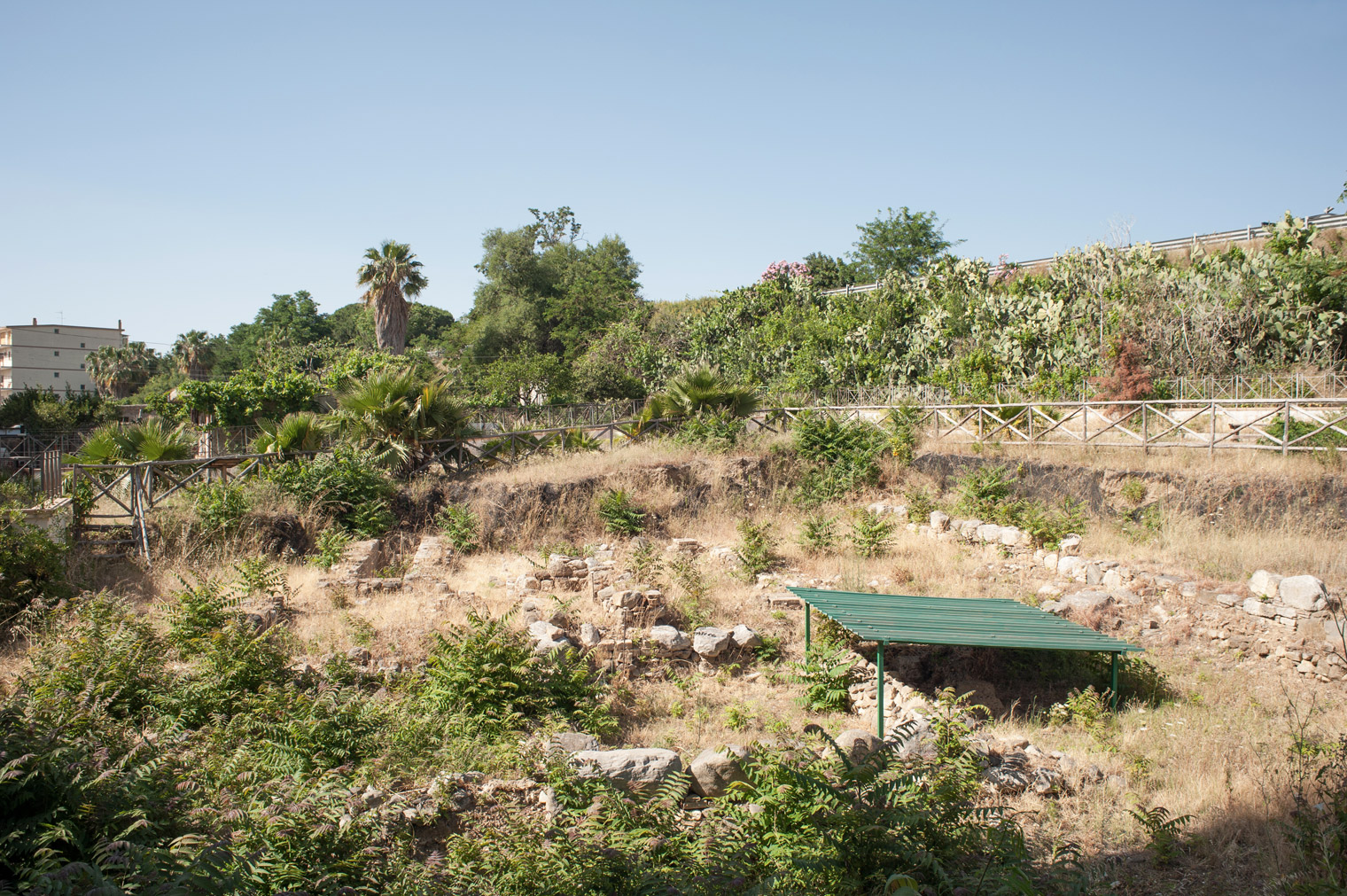
Not only the sea and wind
Pellaro is not only the Calabrian capital of kitesurfing; it is also an archaeological site that is of considerable prestige for having restored numerous artefacts from an uninterrupted timeframe that goes from 6th century BC to the late imperial age.
[...]
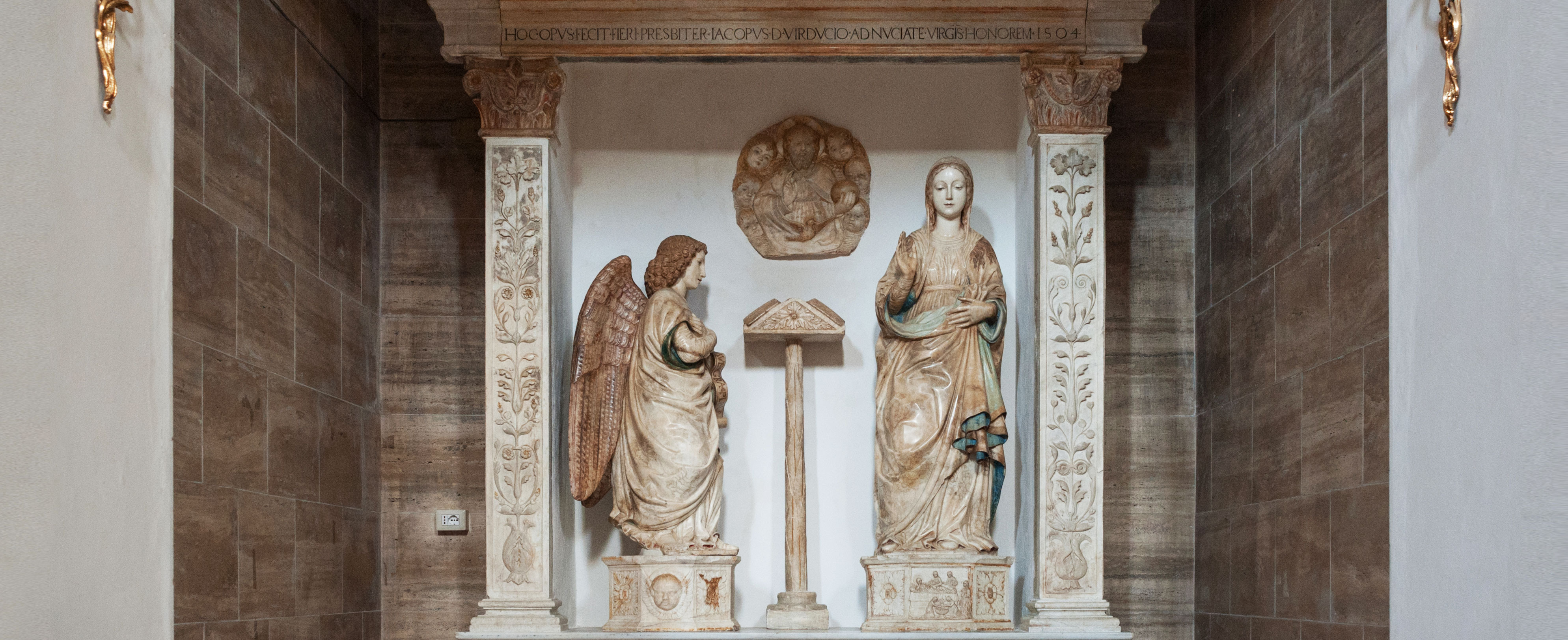
Renaissance masterpieces in Reggio
The province of Reggio Calabria preserves numerous masterpieces of Renaissance art; among these, the numerous statues that were created by the skilful hands of Antonello Gagini, which are housed in various places of worship, undoubtedly have a prominent place. Antonello Gagini, defined in the biogra [...]
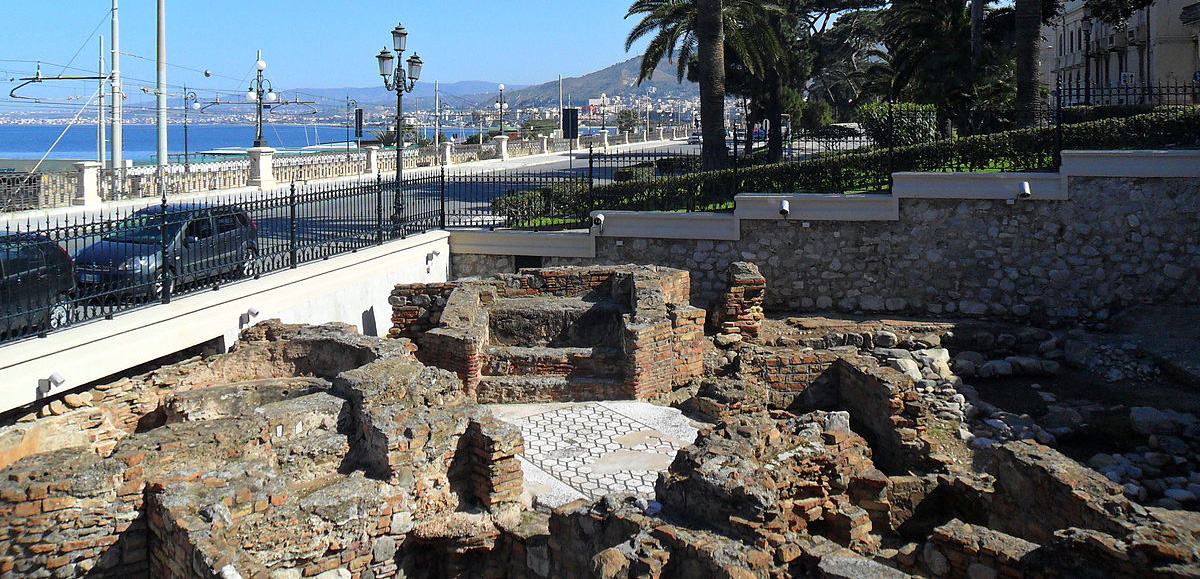
Roman Baths
Located at the end of the Falcomatà waterfront and discovered during the reconstruction works following the 1908 earthquake, the Roman Baths are one of the most famous city monuments of Reggio Calabria.
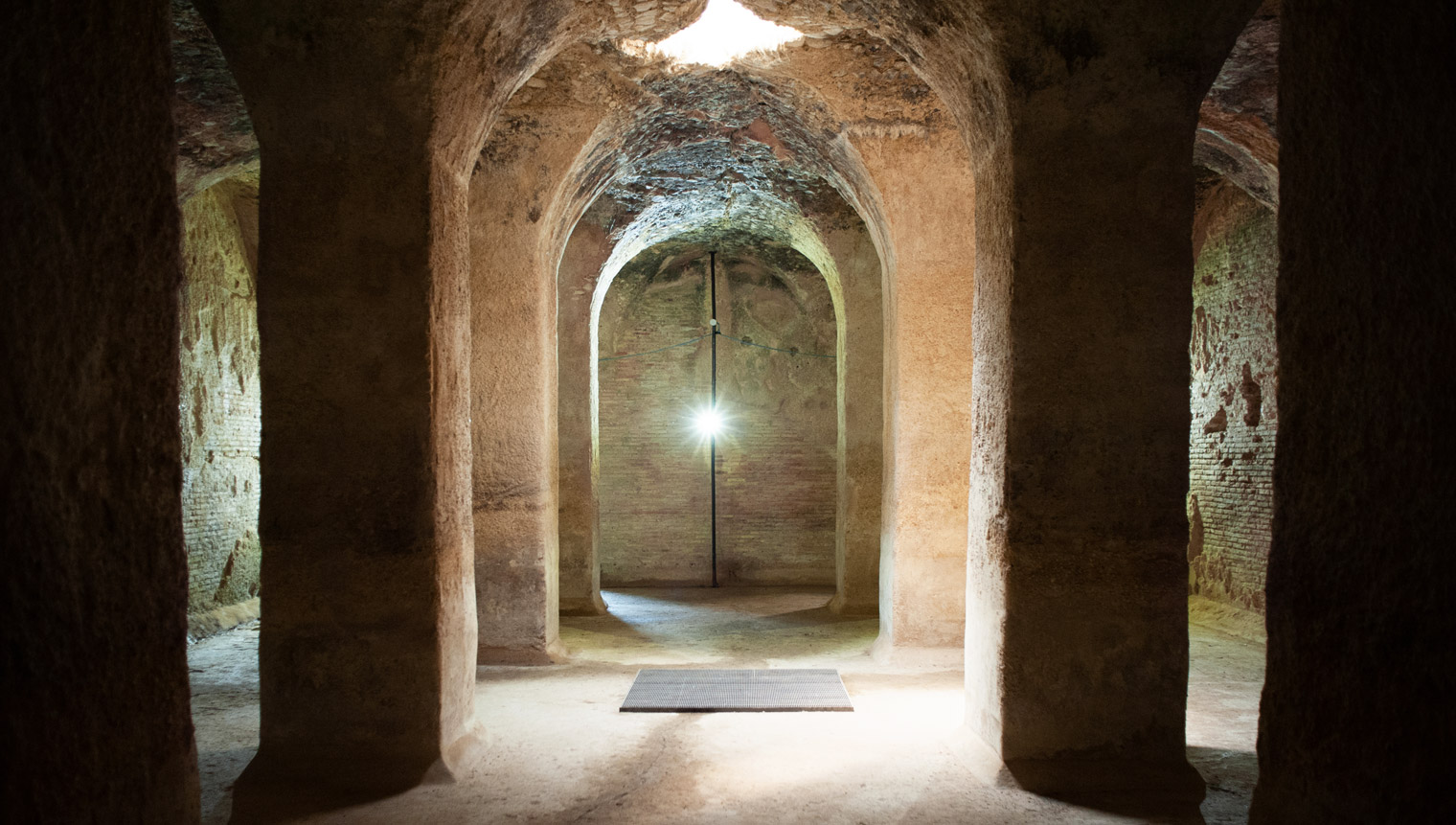
The archaeological area of Naniglio
Built in the late first century BC, the Villa of the “Naniglio” reached its maximum splendour in the third century A.D. The main attraction of the villa is a huge, well preserved water reservoir, comprised of a central nave and two lateral aisles.
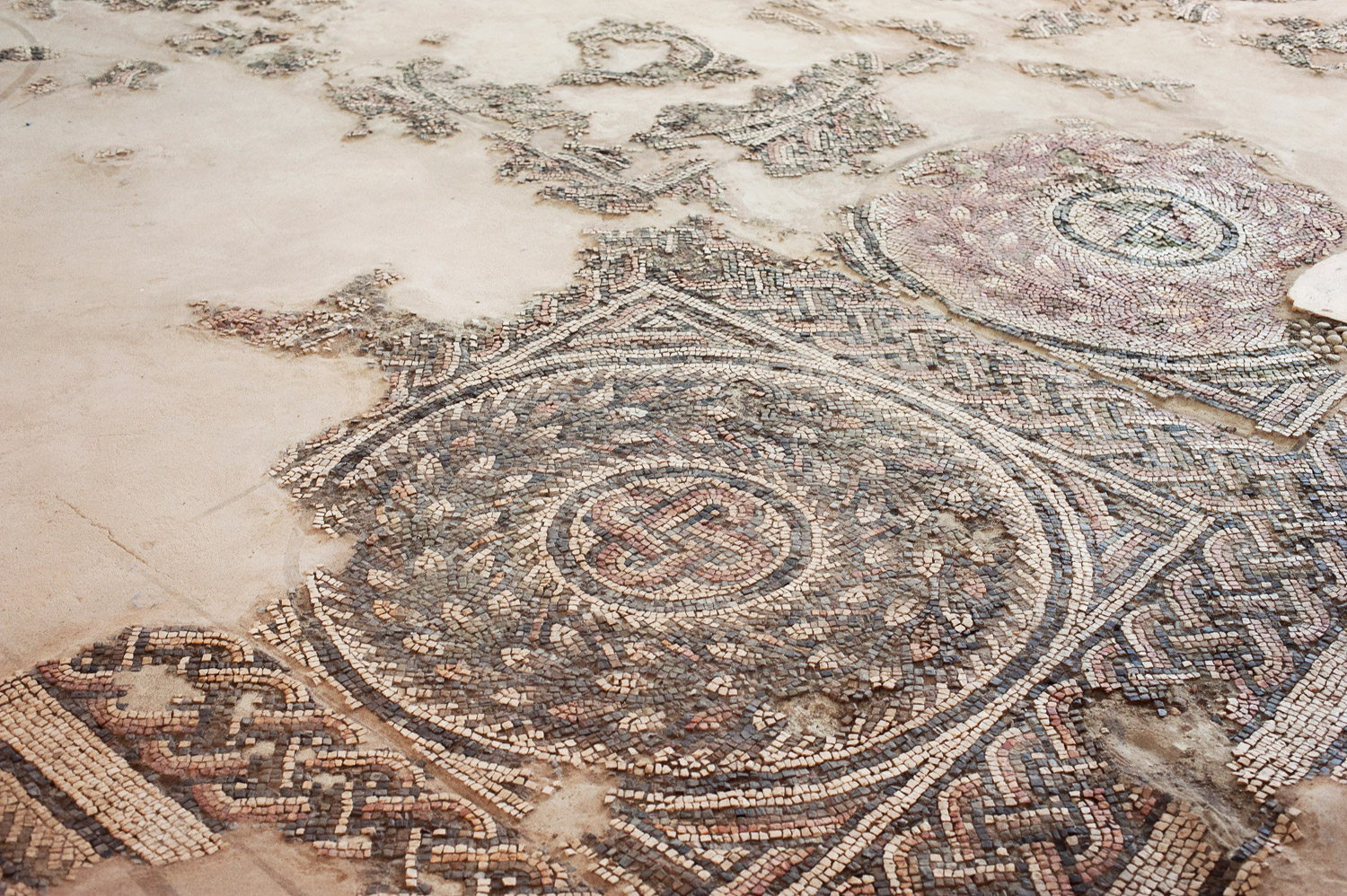
The Archaeological Park of Archeoderi
The Archeoderi Archaeological Park in Bova Marina, 40 km away from Reggio Calabria, is one of the sites of greatest historical interest in the region. Its discovery, in the 1980s, provided new insight on the Jewish presence in Calabria through the centuries.
[...]
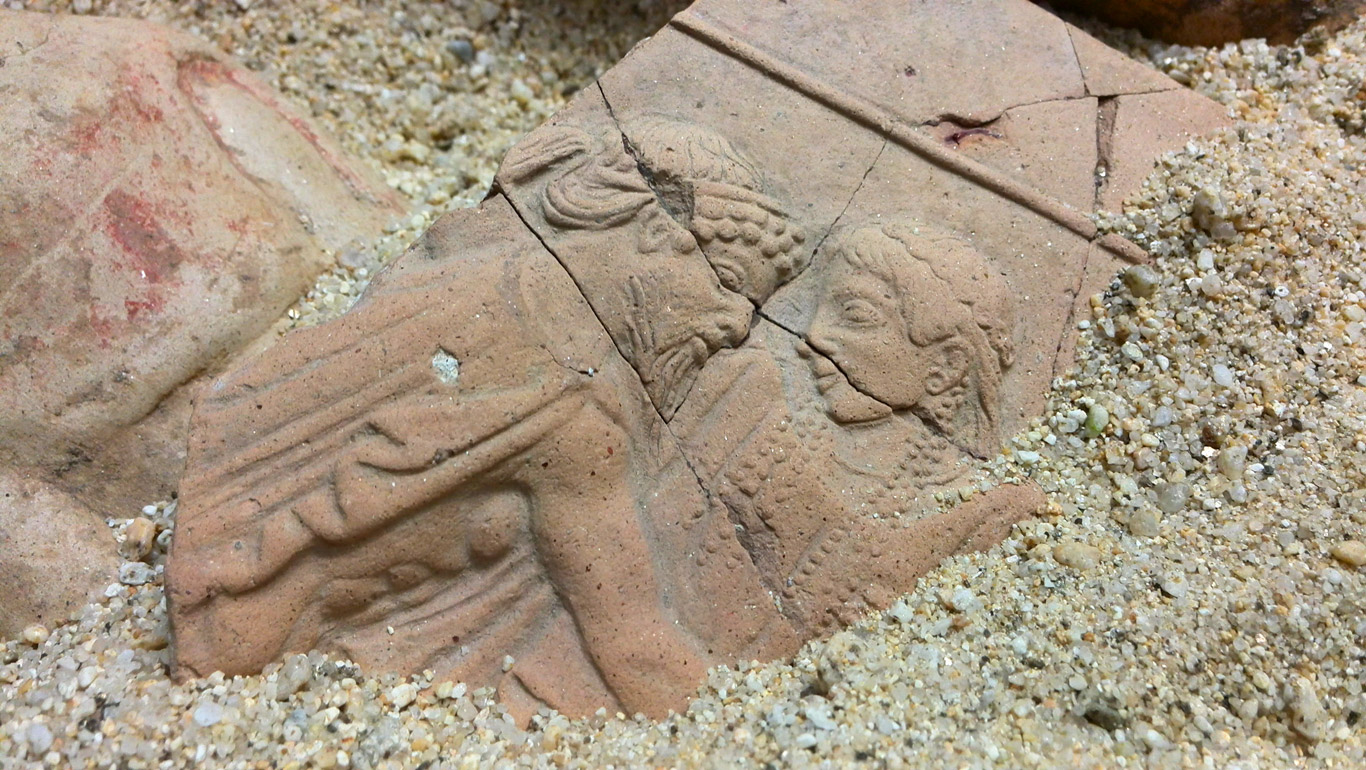
The Archaeological Park of Locri Epizefiri
The Archaeological Park of Locri Epizefiri is situated along the Ioanian coast, just a few kilometres south of where Locri is currently located. Its artefacts can be attributed to the Bronze and Iron Ages. The remains of the Greek city, including its walls, sanctuaries, theatre, private buildings, a [...]